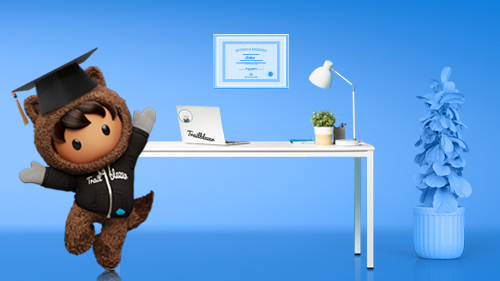
Get your FREE 30-day trial.
Please complete all fields.
Om.
I am.
Say it to yourself. “I am” — the meaning of Om, a common meditation mantra. It’s not “I was,” or “I will.” It’s the present. The here. The now.
In meditation, and mindfulness in general, you hear it all the time — “stay present.”
Recently, I attended a three-night silent meditation retreat led by Jay Chodagam, meditation practitioner, teacher, and spiritual enthusiast. There were about 20 of us. Before we went into silence, Jay asked us to share a little about why we were there, and what we hoped to get out of the experience. For me, it was about the sense of peace, serenity, and presence that I get when I meditate, and how to maintain that state not only while I’m meditating, but throughout my day. And my life.
And that got me thinking. Perfect, because I had a few days to do just that. Silently.
My thoughts went something like this:
Is it possible to stay present, in the moment? When I look at where I live (the Bay Area), and I look at the industry that I’m in (technology), it’s all about the future. How do we innovate? What’s coming next? How do we keep ahead of our competition? How do we be the ones that everyone else wants to catch up to?
That’s all about tomorrow. And that is so at odds with just being in the present. It’s a paradox.
And I struggled, as I think many people do, with this balance of being mindful, being in the present, and doing my job. Thinking about tomorrow, and always having that pressure of “What’s next? How can we be better, faster, smarter, ahead?” And on and on.
As the retreat continued, it became easier for me to achieve that balance. My life there was simple, and the pressures and worries of my professional life — and the rest of my life, for that matter — melted away.
But they recongealed shortly after I returned from the retreat.
So I sat down with Jay, and we chatted more about this. Here’s what he had to say:
“So my simple response is, the genius of creativity comes from the silence of a quiet mind.”
He continued, “The potential of the magnificent creative genius that is sitting inside of each of us is dormant for most of the time because of being lost in either the future or the past. And one cannot tap into that just by forcing oneself to work harder. A leapfrog innovation versus an increment, that cannot come from a rushed mind.
“Let’s think about when we try to solve a problem. Sometimes the best thing we can do is step away from it, and look at it with a fresh mind the next day. So that letting go is an incredibly powerful tool that we don’t realize that we can tap into at any given moment. It’s like there is this treasure chest that is sitting at the bottom of your ocean and if the water is rough on the surface, you can’t see through. Quite simply, you have to make space for it to become still. And then it becomes obvious. You can see right through to the jewels that are waiting to emerge.”
He continued, “I think a lot of creativity, innovation, and breakthroughs happen when someone asks, ‘What is the pain that I’m feeling at the current moment?’ So really becoming empathetic to the situation.
“Let’s go to Steve Jobs and the first iPhone. He addressed the pain that we all felt. We were carrying a phone, a camera, batteries, a computer, a watch, and a GPS device. So Jobs sat with that, and he just did the obvious. I think many of us miss the obvious.”
“So the secret to innovating, to staying ahead while being present is that it’s really all right in front of you. In the present,” I suggested. “Only if you can step back and observe it.”
“Exactly,” Jay affirmed. “It’s about really going in, stilling yourself, understanding what it is that you’re suffering from, and then envisioning what the solution looks like. And this requires complete stillness. We just have to take time to slow down.”
We’ve all experienced that, when you “sleep on” something, and then you come back to it with a clearer mind and often an answer. I’ve meditated on certain thoughts and had answers come to me. And that made me wonder if that’s an appropriate way to meditate or an appropriate use of my meditation time.
And here’s the thing, meditation isn’t about pushing issues under the carpet — to close your eyes and escape everything. “The idea of meditation is to see things as they are,” said Jay. “The process of meditation is the process of settling a clouded mind. You know, like a snow globe. You shake the snow globe and that’s what we are — our day is shaking us from every which way. The demands, the technology, our desires — all of these things keep us like a constantly shaken snow globe. The idea of meditation is to let things settle down, so for once you can see through.”
The truth is, it’s often a challenge to keep in the present while being innovative and staying ahead. The key is to slow down, observe, and envision the solution or desired outcome. It’s like walking toward the top of the mountain while taking in every blade of grass along the way.
“Before you and I began this interview, we started with a 20-minute meditation,” I mentioned to Jay, “and that was a great opportunity to tap into that beautiful nectar reservoir.”
He nodded, “It’s delightful, isn’t it? A path to joy.”